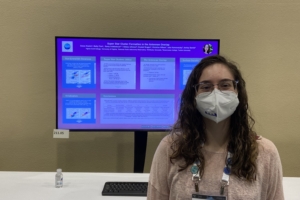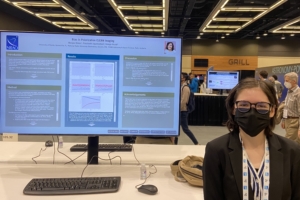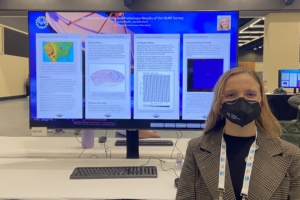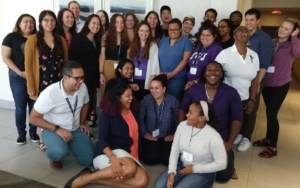Globular clusters are dense spherical groupings of stars. They are old and hold clues about the history and evolution…


Student Research is CLEAN-ing Radio Images
Radio telescopes such as the Very Large Array (VLA) use an array of antenna dishes to collect faint radio…

Research Student Helps Build Radio Source Catalog
Bailee Wolf, a student at The Ohio State University, has a tool to better process radio data, and it…

The NRAO and GBO Welcome our 2020 Summer Students!
Every year, we partner with Green Bank Observatory to welcome more than 30 students from around the country into…

